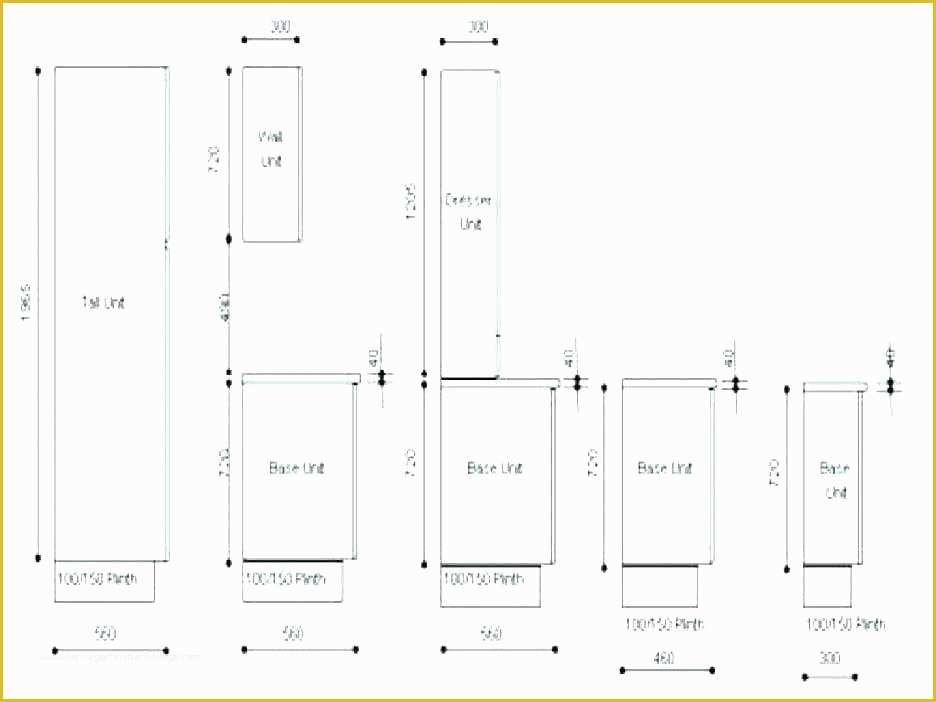Types of Cabinet Drawer Handles

Cabinet drawer handles are essential for opening and closing drawers, and they play a significant role in the overall aesthetic of your kitchen or bathroom. They come in various materials, styles, and functionalities, each with its own set of advantages and disadvantages.
Materials Used in Cabinet Drawer Handles
The material of a cabinet drawer handle significantly impacts its durability, aesthetics, and cost. Here are some common materials:
- Metal: Metal handles are durable, versatile, and available in a wide range of finishes. Popular metal choices include stainless steel, brass, nickel, bronze, and aluminum. Stainless steel is known for its resistance to rust and scratches, while brass and nickel offer a classic and elegant look. Bronze provides a warm and rustic appeal, and aluminum is lightweight and affordable.
- Wood: Wooden handles offer a natural and warm aesthetic, complementing traditional and rustic kitchen designs. They are typically made from hardwoods like maple, cherry, or walnut. However, wooden handles require more care and maintenance than metal handles, as they can be susceptible to scratches and moisture damage.
- Ceramic: Ceramic handles are often used for a decorative and unique touch. They come in various colors, patterns, and textures, allowing for personalized customization. However, ceramic handles can be fragile and prone to chipping or cracking, especially in high-traffic areas.
- Plastic: Plastic handles are the most affordable option, but they are generally less durable than metal or wooden handles. They are often found in contemporary or minimalist designs and come in various colors and finishes.
Styles of Cabinet Drawer Handles
Cabinet drawer handles come in a wide array of styles, each with its own unique design characteristics and applications. Here are some popular styles:
- Bar Pulls: Bar pulls are long, rectangular handles that are commonly used for modern and contemporary kitchens. They are available in various lengths and finishes, allowing for a customized look. They are known for their sleek and minimalist design, and they offer a comfortable grip.
- Knobs: Knobs are round or spherical handles that are often used for traditional or farmhouse kitchens. They are available in various sizes, materials, and finishes, offering a wide range of aesthetic choices. They are generally smaller than bar pulls and offer a more delicate touch.
- Cup Pulls: Cup pulls are recessed handles that are often used for a more modern or industrial look. They feature a cup-shaped design that is typically made from metal. They are known for their unique and minimalist design, and they can add a touch of sophistication to any kitchen.
- Edge Pulls: Edge pulls are discreet handles that are mounted directly to the edge of the drawer front. They are often used for a minimalist or contemporary look, as they blend seamlessly with the cabinet design. They are available in various materials and finishes, offering a wide range of aesthetic choices.
Functionality of Cabinet Drawer Handles
The functionality of a cabinet drawer handle is just as important as its aesthetics. Here are some factors to consider:
- Ease of Use: The handle should be easy to grip and operate, regardless of the size of your hands. Consider the size, shape, and material of the handle when choosing one that is comfortable and functional.
- Durability: The handle should be durable enough to withstand frequent use and resist wear and tear. Choose a handle made from a material that is known for its strength and resilience.
- Aesthetics: The handle should complement the overall design of your kitchen or bathroom. Consider the style, color, and finish of the handle when choosing one that will enhance the aesthetics of your space.
Pros and Cons of Different Types of Cabinet Drawer Handles
Here is a comparison of the pros and cons of different types of cabinet drawer handles:
| Type | Pros | Cons |
|---|---|---|
| Bar Pulls | Sleek and minimalist design, comfortable grip, versatile | Can be too large for small drawers, may not be suitable for traditional kitchens |
| Knobs | Classic and elegant look, wide range of styles and finishes, suitable for traditional kitchens | Can be difficult to grip for those with small hands, may not be as functional as bar pulls |
| Cup Pulls | Unique and minimalist design, add a touch of sophistication, can be used in various styles | Can be more expensive than other types of handles, may not be suitable for all kitchen styles |
| Edge Pulls | Discreet and seamless design, blend in with the cabinet design, suitable for minimalist kitchens | May be difficult to grip for those with small hands, can be more expensive than other types of handles |
Design Considerations for Cabinet Drawer Handle Templates

Choosing the right cabinet drawer handle template is crucial for both aesthetics and functionality. It’s important to consider several factors to ensure the handles complement your cabinet design and enhance the overall user experience.
Handle Size and Shape in Relation to Drawer Size
The size and shape of the handle should be proportionate to the size of the drawer. A small handle on a large drawer might look awkward and be difficult to grip, while a large handle on a small drawer could overpower the design. For instance, a small, delicate knob might be suitable for a small drawer in a vanity, while a larger, more substantial handle would be better suited for a larger drawer in a kitchen cabinet.
Creating and Using Cabinet Drawer Handle Templates

A cabinet drawer handle template is a blueprint that helps you create perfectly placed handles on your drawers. This guide will walk you through the process of crafting your own custom template and applying it to your drawer surfaces.
Creating a Custom Cabinet Drawer Handle Template
Creating a custom template allows you to achieve a unique and personalized look for your cabinets. You can use design software such as CAD (Computer-Aided Design) programs or specialized design software to create your template. Here are the steps involved:
- Choose your handle design: Decide on the type of handle you want to use, including its size, shape, and material. This will determine the template’s dimensions and shape.
- Create a digital drawing: Use a design program to create a detailed drawing of your handle template. You can use a variety of tools, such as lines, curves, and shapes, to create the desired form.
- Adjust dimensions: Ensure that the dimensions of your template match the actual size of your handle and the placement on the drawer.
- Add markings: Include any necessary markings on the template, such as center points, drilling holes, or mounting points.
- Save the template: Save your template in a format that can be printed or exported to a cutting machine.
Transferring the Template to the Drawer Surface
Once you have created your template, you need to transfer it onto the drawer surface. There are various methods for doing this, each with its own pros and cons:
- Pencil: This is the simplest and most versatile method. You can use a pencil to trace the template directly onto the drawer surface.
- Stencils: Stencils are pre-cut templates that allow you to transfer the design onto the drawer surface by applying paint or other materials through the stencil’s openings.
- Laser cutting: This method uses a laser to cut the template out of a material like acrylic or wood. The resulting template can then be placed directly on the drawer surface and secured for accurate marking.
Methods for Creating Handle Templates, Cabinet drawer handle template
Here is a table comparing the different methods for creating handle templates:
| Method | Pros | Cons | Materials Needed | Skill Level |
|---|---|---|---|---|
| CAD Software | Highly customizable, precise, allows for complex designs | Requires software knowledge, time-consuming for beginners | Computer, design software, printer or cutting machine | Intermediate to advanced |
| Pencil Tracing | Simple, inexpensive, requires no special tools | Less precise, prone to errors, not suitable for complex designs | Pencil, ruler, template | Beginner |
| Stencils | Easy to use, affordable, allows for multiple uses | Limited customization, requires pre-made stencils | Stencil, paint or marker, template | Beginner |
| Laser Cutting | Highly precise, fast, allows for intricate designs | Requires access to a laser cutter, can be expensive | Laser cutter, template file, cutting material | Intermediate to advanced |
While a cabinet drawer handle template might seem like a mundane detail, it’s a reminder of the often overlooked aspects of design. A well-chosen handle can elevate the entire aesthetic, just as a stainless steel glass display cabinet can transform a room with its sleek lines and modern appeal.
Ultimately, the success of any design lies in the attention to detail, whether it’s a simple handle or a grand statement piece.
The perfect cabinet drawer handle template can elevate any kitchen design, but it’s important to consider the overall aesthetic. For those seeking a touch of timeless elegance, antique cream kitchen cabinets can provide a warm and inviting backdrop. However, choosing the right hardware is crucial to avoid a clash in styles.
A cabinet drawer handle template that complements the soft tones and subtle detailing of antique cream cabinets will ensure a cohesive and sophisticated look.
